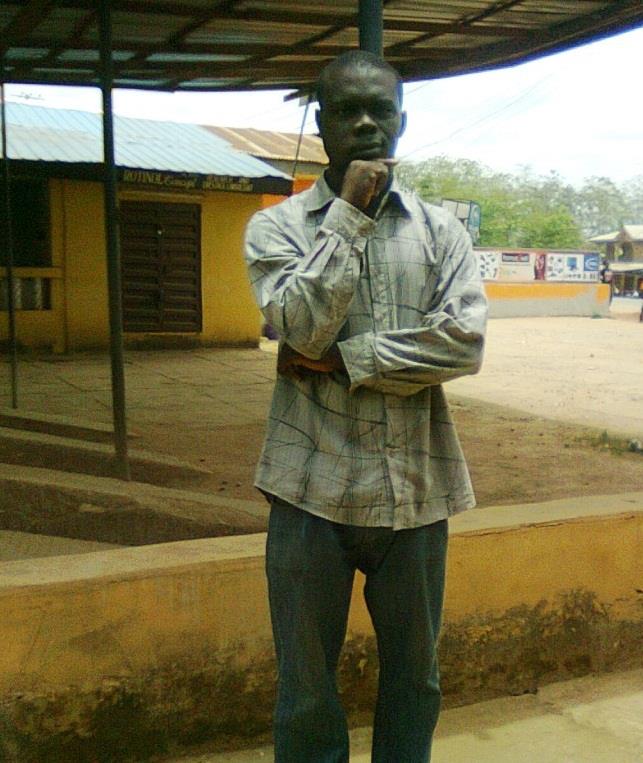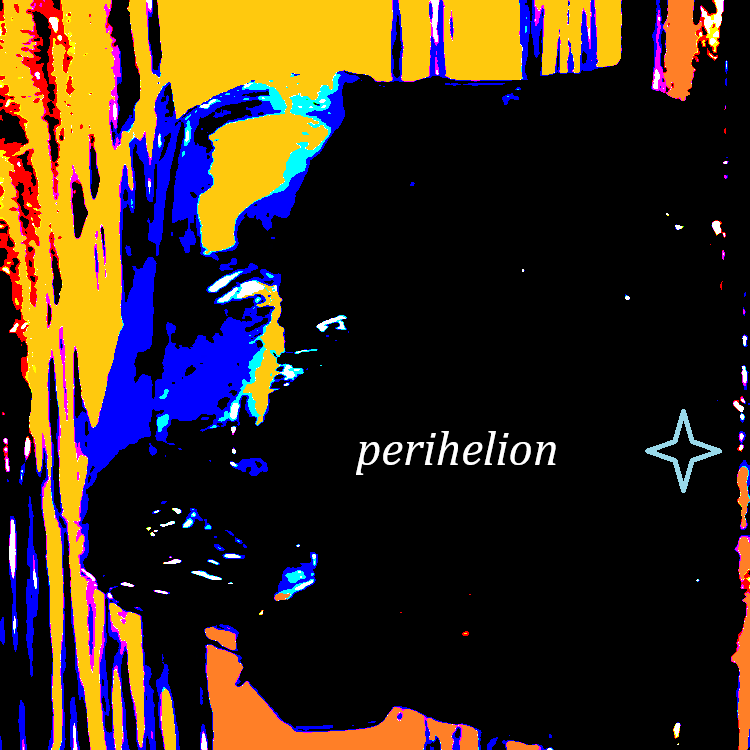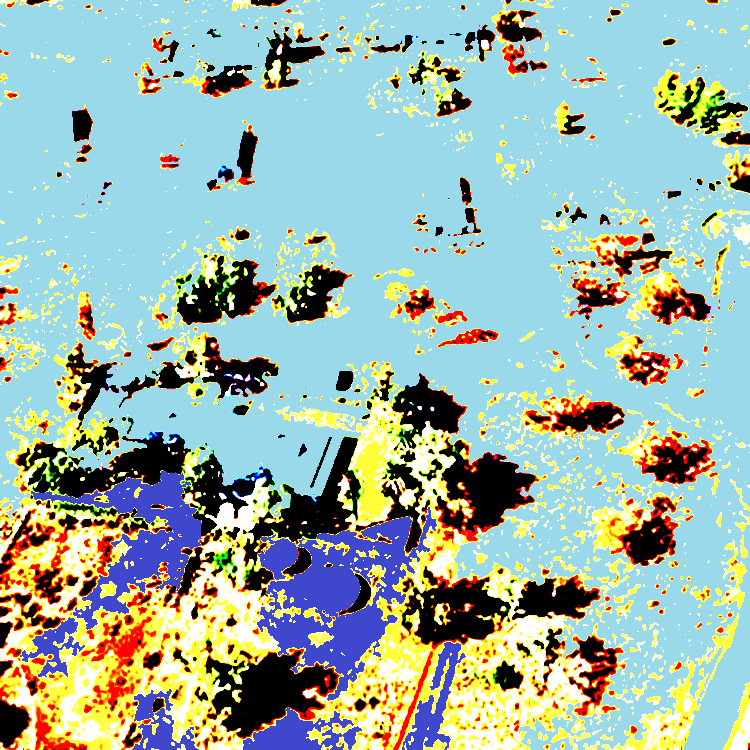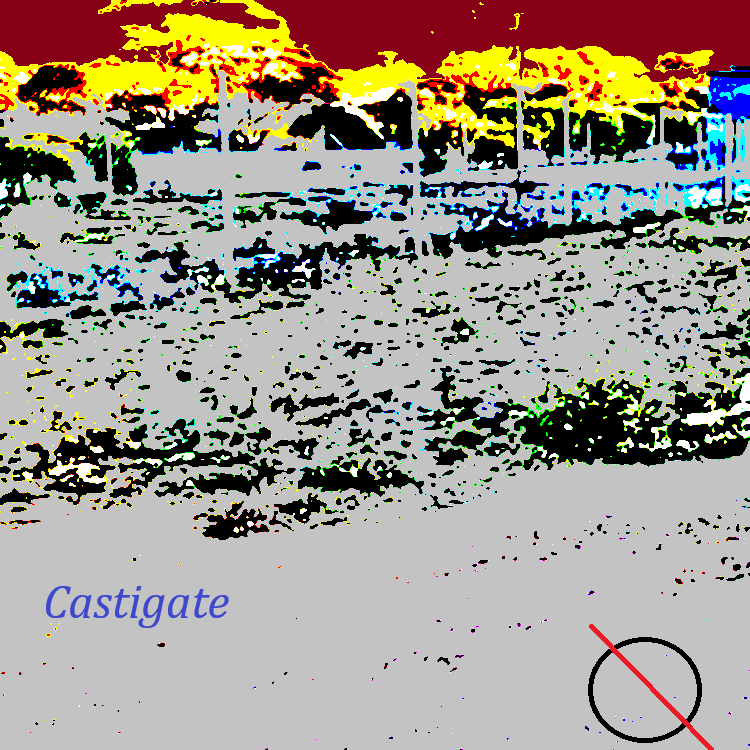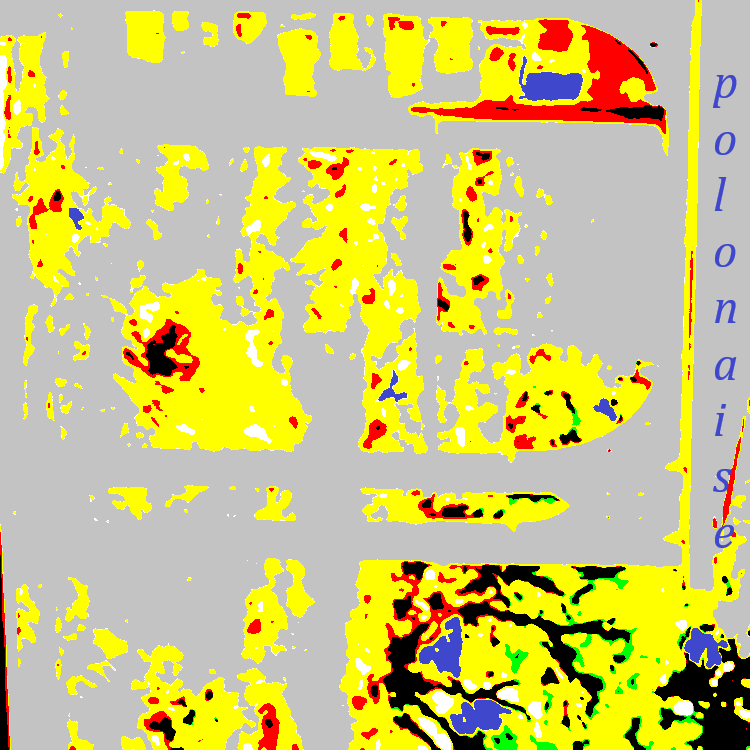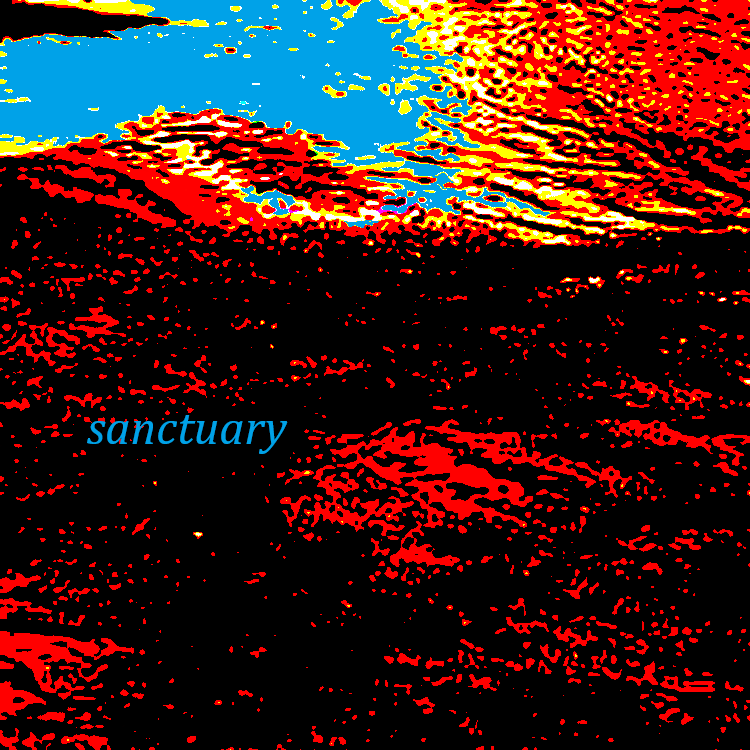BENEATH THE WORDS
Creation does not begin with a word,
but with stillness
a pause, before the rush,
before the world insists on speaking.
It begins with the quiet observation
of a world moving without permission
a leaf, stubborn in its fall,
a cloud folding into another,
a glance exchanged across crowded streets,
never to be remembered.
Stories live in what is not said.
The visible is but a fragment
what matters lies hidden,
beneath the surface.
Like an iceberg,
its strength resides in the unseen,
where shadows move in silence
and thoughts drift like forgotten tides.
To write is to observe,
not merely to see,
but to feel
the weight of a shadow on a hot afternoon,
the ache of silence between words,
the whisper of wind through ordinary things,
the sigh of trees that have witnessed lifetimes.
Language is not decoration.
It is the pulse of the soul.
Every phrase must earn its place,
must be sharpened against the stone of truth,
must tremble with meaning
each syllable a heartbeat,
each line a breath caught in the throat.
An ending should not close
it should linger,
softly, like a thought that refuses to fade,
a door left ajar,
letting the mind wander,
finding its own way out.
There is no beauty
without attention
no truth
without the courage to face it.
No art
without the risk of vulnerability,
the surrender to what we do not know.
What we create
is not for applause,
but for connection
so that someone,
somewhere,
feels less alone,
when they find their own heart
hidden in the spaces between lines.
The work is not to impress
it is to remember,
to reveal,
to reach.
And if nothing golden is found,
then let the ink bleed honestly.
Let the silence speak.
Let the page carry the weight
of what we dared to feel.
Because in the end,
what matters most
is not how beautifully we wrote,
but how deeply we made someone stop
breathe
and remember
that they are not alone
in this vast, unspoken world.
— Author Haroon Rashid
ABOUT HAROON RASHID
Haroon Rashid is an internationally celebrated Indian author, poet, and humanitarian whose soul-stirring words transcend borders, cultures, and languages. Revered as “a movement of thoughts” and “a soul that breathes through verses,” he is a global ambassador for peace, education, and sustainable development. Through literature, he fosters empathy, cultural harmony, and a collective vision for a better world.
KEY LEADERSHIP ROLES
• Global Ambassador & International Member, Global Federation of Leadership & High Intelligence A.C. (Mexico)
• SDG Ambassador (SDG4 & SDG13), World Literary Forum for Peace & Human Rights
• National Vice Chairman, Youth India – Mother Teresa International Foundation
• Peace Protagonist, International Peace Forums – Mexico & Greece
• Honorary Founding Member, World CP Cavafy
AUTHOR & LITERARY CONTRIBUTIONS
• We Fell Asleep in One World and Woke Up in Another – poetry book, translated by 2024 Nobel Peace Prize Laureate Eva Petropoulou Lianou
• Author Haroon Rashid Quotes – A soul-deep treasury of reflections
• Works translated into: Greek, French, Persian, Urdu, Arabic, Chinese, Tamil, Hindi, Sanskrit, German, Indonesian, Bolivian, and more.
GLOBAL HONORS & AWARDS
• Diploma de Honor al Mérito – Mexico (2025)
• World Art Day Honor – Indonesia (2025)
• Friedrich von Schiller Award – Germany
• 4th World Gogyoshi Award – Global Top Vote (2024)
• 1st Prize – Silk Road International Poetry Exhibition (2023)
• Golden Eagle Award – South America (2021 & 2023)
• United Nations Karmaveer Chakra – 2023 & 2024
• REX Karmaveer Chakra – Silver & Bronze – India
• Global Peace Award – Mother Teresa Foundation (2022)
• Cesar Vallejo Award – UN Global Marketplace
• Honorary Doctorate in Humanity – La Haye, France (2021)
• Sir Richard Francis Burton Award – European Day of Languages
• Prodigy Magazine USA Award – Literary Excellence
• Certificates of Honor – Greece, Serbia, Indonesia, Mexico
• Honorary Award for Literature & Arts – Trinidad & Tobago
GLOBAL PRESENCE & RECOGNITION
• Invited Guest on The Oprah Winfrey Show
• Featured in O, The Oprah Magazine
• Speaker at:
• International Peace Day – Mexico & Greece
• 3rd International Congress of Education – Mexico
• Paper Fibre Fest – Represented India in China, Greece, Mexico, Peru
• UN SDG Conferences, Global Literary & Peace Forums
• Work featured in education campaigns, peacebuilding initiatives, and cross-cultural literary dialogues
• Admired by global celebrities, educators, artists, and policymakers
CULTURAL AMBASSADOR OF INDIA
• Embodies India’s timeless storytelling, spiritual ethos, and peace traditions
• Bridges Indian philosophy with global consciousness
• Revered as an ethical thought leader, visionary poet, and global voice of unity
PHILOSOPHY & SOCIAL VISION
Literature, for Haroon, is a sacred space for:
• Healing, empathy, and consciousness
• Advocacy for:
• Mental Health Awareness & Emotional Resilience
• Climate Action & Sustainability
• Spiritual Depth & Interfaith Harmony
• Youth Leadership & Cultural Preservation
He aims to inspire changemakers, dreamers, and peacemakers across generations.
GLOBAL PRAISE & LOVE
Described as:
“A movement of thoughts.”
“A soul that breathes through verses.”
Celebrated across Europe, Asia, Africa, and the Americas, Haroon is loved for his:
• Authenticity
• Emotional depth
• Literary brilliance
Honored by governments, universities, and global literary councils.
TITLES & GLOBAL IDENTITY
• Global Literary Icon
• Award-Winning Author & Poet
• International Peace Advocate
• Global Educator of the Heart
• Cultural Diplomat & Ethical Leader
• SDG Voice for Education & Environment
• Voice of Peace, Passion, and Purpose
QUOTE BY AUTHOR HAROON RASHID
“It’s our responsibility to create a better world for our future generations.”
CONNECT WITH HAROON RASHID
Follow and engage across all platforms:
@AuthorHaroonRashid
(Facebook, Instagram, X/Twitter, LinkedIn, YouTube, Threads, and more)

